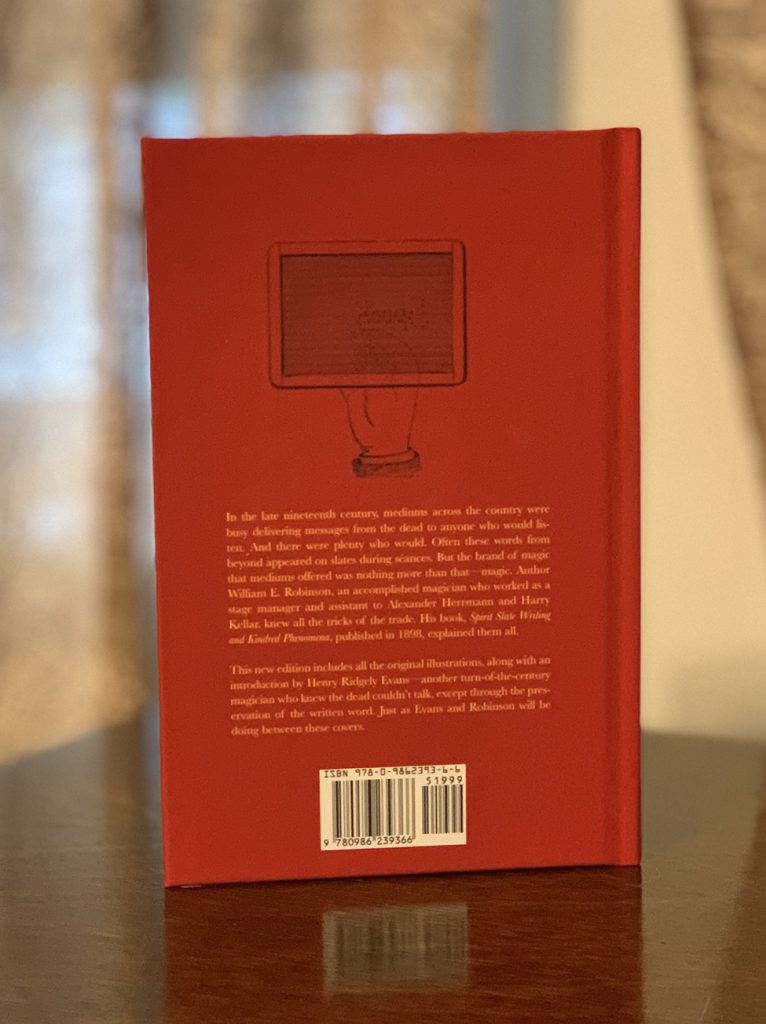
They should also attempt to replicate their work, ideally in adversarial collaborations with skeptics of the paranormal, and they should analyze the data from lots of different studies all at once, including those that had never gotten published. They should avail themselves of larger groups of subjects, so they’d have sufficient power to detect a real effect. Experimenters were advised to be wary of the classic test for “statistical significance,” for example, since it could often be misleading. In October 1983, the Parapsychology Foundation held a conference in San Antonio, Texas, to address the field’s “ repeatability problem.” What could be done to make ESP research more reliable, researchers asked, and more resilient to fraud?Ī raft of reforms were proposed and implemented. The laboratory evidence for ESP had begun to shrivel under careful scrutiny and sometimes seemed to disappear entirely when others tried to reproduce the same experiments. The fake psychics convinced the lab their abilities were real, and Randi did not reveal the hoax until 1983.Īs debunkers rose to prominence, the field of psychical research wallowed in its own early version of the replication crisis. Randi subsequently took aim at researchers who studied ESP in the lab, sending a pair of stage performers into a well-funded parapsychology lab at Washington University in 1979.
#Slate of mind magic trick professional
James Randi, like Bem a trained stage magician, had made his name as a professional debunker by exposing the likes of Uri Geller. The 1970s marked a golden age for demystifying paranormal claims. In his skepticism about ESP, Bem for once was not alone. Later, Bem would argue against the biological theory of sexual orientation, favoring a developmental hypothesis that derived from “ theoretical and empirical building blocks … already scattered about in the literature.” Starting in the 1970s, he quarreled with famed personality psychologist Walter Mischel by proffering a theory of personality that dated to the 1930s. This would be Bem’s method throughout his career: He’d jab at established ways of thinking, rumble with important scholars, and champion some antique or half-forgotten body of research he felt had been ignored. Skinner-for the data that undergirded Festinger’s theory of cognitive dissonance. For his dissertation, Bem proposed a different explanation-one based on the old and out-of-fashion writings of behaviorist B.F. While at Michigan, still in his early 20s and not yet in possession of his Ph.D., Bem took aim at the leading figure in his field, Leon Festinger. He started graduate school in physics at MIT, then quickly changed his mind, transferring to the University of Michigan to study as a social psychologist. It would be the capstone to what had already been a historic 50-year career.Īs a student, Bem was both mercurial and brash.

Now he would return to JPSP with the most amazing research he’d ever done-that anyone had ever done, perhaps. ( JPSP turns away some 85 percent of all submissions, making its acceptance rate comparable to that of the Cornell admissions office.) This was the same journal where Bem had published one of the first papers of his career, way back in 1965. In May, he wrote up the results of his 10-year study and sent them off to one of his field’s most discerning peer-reviewed publications, the Journal of Personality and Social Psychology. In the spring of 2010, not long after Wu signed on, Bem decided he’d done enough to prove his claim. The methodology was sound, she told them-as sound as that of any other psychology experiment. Wu still didn’t believe in ESP, but she found herself defending the experiments to these mansplaining guinea pigs. A few students-all of them white guys, Wu remembers-would hang around to ask about the research and to probe for flaws in its design.


Most of the subjects did as they were told, got their money, and departed happily. For the rest of that semester and into the one that followed, Wu and the other women tested hundreds of their fellow undergrads.


 0 kommentar(er)
0 kommentar(er)
